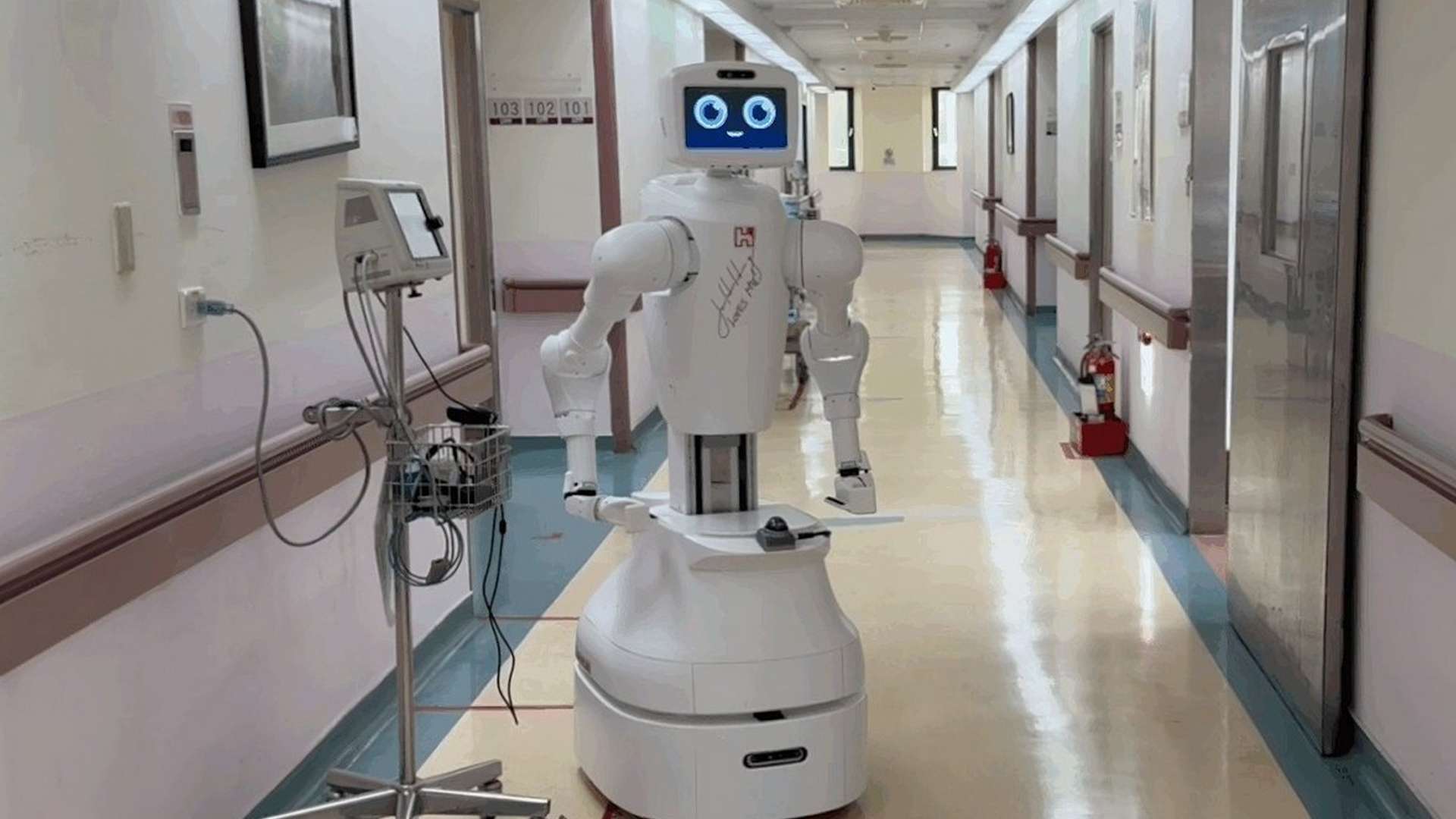Foxconn Unveils Nurabot Nursing Robot to Combat Global Healthcare Workforce Crisis

Powered by Nvidia’s Jetson Orin edge computing platform and Holoscan sensor processing, Nurabot navigates hospital environments safely and efficiently.
At Computex 2025 in Taipei, Nvidia CEO Jensen Huang introduced a groundbreaking healthcare innovation: Nurabot, a collaborative nursing robot developed by Foxconn in collaboration with Kawasaki Heavy Industries.
Designed to address the growing global nurse shortage—estimated to reach 4.5 million by 2030—Nurabot represents a major step in using AI and robotics to support clinical teams and reduce staff burnout.
Automating Repetitive Tasks in Hospitals
Field-tested at Taichung Veterans General Hospital (TCVGH), Nurabot assists nursing staff by automating routine and physically demanding duties such as delivering medication, transporting specimens, and ward patrolling.
Powered by Nvidia’s Jetson Orin edge computing platform and Holoscan sensor processing, Nurabot navigates hospital environments safely and efficiently.
Training for the robot is conducted virtually using Nvidia Isaac for Healthcare and Omniverse simulations, ensuring readiness for deployment.
“Nurabot delivers wound care kits and health education materials in one of our wards,” said Shu-Fang Liu, deputy director of nursing at TCVGH. “It reduces fatigue, saves time, and allows us to focus more on patient care.”
Smart Hospitals Built on AI Infrastructure
Foxconn’s broader vision of AI-enabled smart hospitals integrates Nvidia’s full-stack solutions, from cloud data centers to bedside robotics.
Its Hon Hai Super AI Computing Center runs DGX systems and uses the Nvidia NeMo framework to power FoxBrain, a large language model enabling natural speech recognition and human-like interaction.
This technology also drives the CoDoctor AI platform, enhancing diagnostics in cardiology, oncology, and ophthalmology.
Meanwhile, hospitals like Cardinal Tien and Baishatun Tung-Mazu Hospital are leveraging digital twins built in Nvidia Omniverse to optimize hospital layouts and train robotic assistants in 3D environments.
With strong early results, TCVGH plans to deploy more Nurabot units by the end of 2025. Future iterations aim to support multilingual communication and aid in patient mobility, potentially allowing single nurses to move patients safely.
The Nurabot project marks a significant milestone in transforming healthcare into a more efficient and patient-centric system.
Stay tuned for more such updates on Digital Health News.
Stay tuned for more such updates on Digital Health News





























